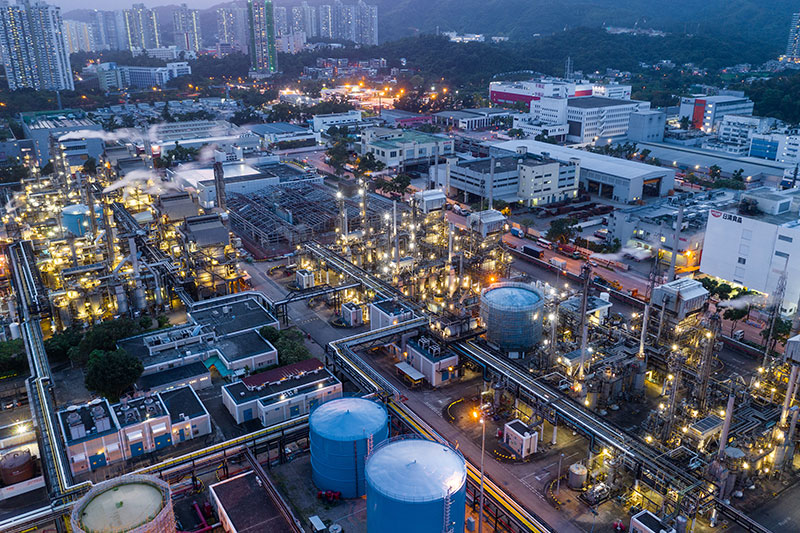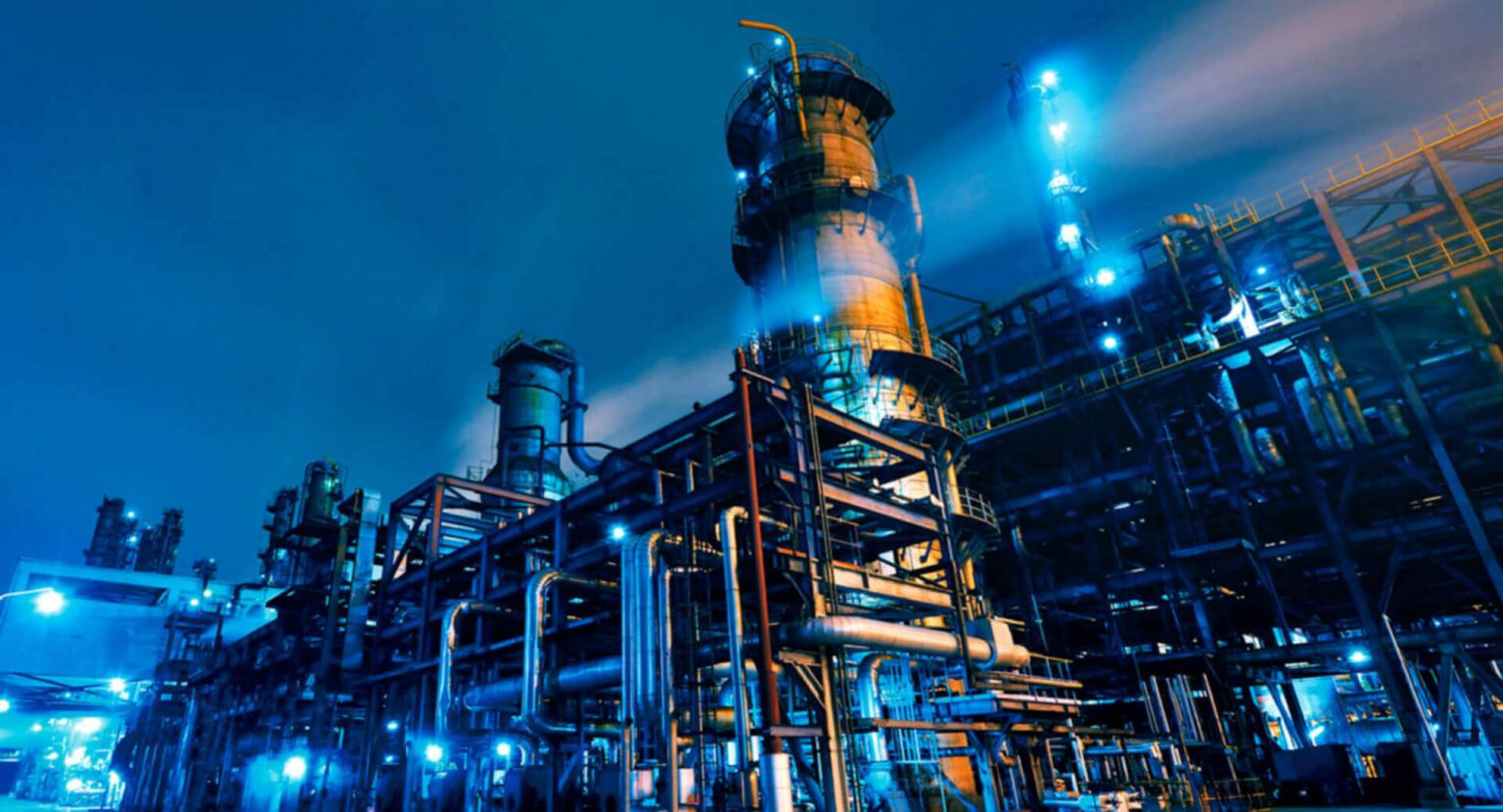Petrochemicals, also called petroleum distillates
They are chemical products derived from petroleum. Some chemical compounds made from petroleum are also obtained from other fossil fuels, such as coal or natural gas, or renewable sources such as corn or sugarcane.
The two most common petrochemical classes are olefins (including ethylene and propylene) and aromatics(including benzene, toluene and xylene isomers). Oil refineries produce olefins and aromatics by fluid catalytic cracking of petroleum fractions. Chemical plants produce olefins by steam cracking of natural gas liquids like ethane and propane. Aromatics are produced by catalytic reforming of naphtha. Olefins and aromatics are the building-blocks for a wide range of materials such as solvents, detergents, and adhesives. Olefins are the basis for polymers and oligomers used in plastics, resins, fibers, elastomers, lubricants, and gels.
Global ethylene and propylene production are about 115 million tonnes and 70 million tonnes per annum, respectively. Aromatics production is approximately 70 million tonnes. The largest petrochemical industries are located in the USA and Western Europe; however, major growth in new production capacity is in the Middle East and Asia. There is substantial inter-regional petrochemical trade

PRIMARY PETROCHEMICALS ARE DIVIDED INTO THREE GROUPS DEPENDING ON THEIR CHEMICAL STRUCTURE:
PETROCHEMICALS IN EVERYDAY LIFE
Petrochemical derivatives make up the materials that surround us each day. The synthetic rubber in tires, polyurethane foam in furniture, and epoxy resins on countertops – all trace their origins back to petrochemical building blocks.
Even the clothes we wear commonly contain petroleum-based fibers like polyester, nylon, acrylic, and spandex. Plastics and other polymers derived from petrochemicals provide convenient, durable, and low-cost solutions for meeting our daily needs.
While petrochemicals bring functionality and innovation, their environmental impacts must also be managed responsibly. As global demand grows, the industry continues seeking more sustainable practices – from greener production methods to plastic recycling initiatives.
At IDSM Group, our petrochemical experts partner with clients to optimize processes and develop solutions for a changing world. Reach out to us today to learn more.
Airport runways, Footways and many other applications In order realize the complexity of bitumen as a product an in-depth knowledge and detailed understanding for one of the way the roads are built is crucial.
Specialists in bitumen know bitumen as an advanced and complex construction material, not as a mere by-product of the oil refining process. The ultimate paving material (also referred to hot mix asphalt concrete – HMAC or HMA) consists of about 93 – 97% mineral aggregate (stone), sand and filler. The remaining percentage is bitumen.
Petroleum bitumen is typically referred to as bitumen or asphalt. In Europe for instance bitumen means the liquid binder. In North America, on the other hand the liquid binder is referred to as asphalt, or asphalt cement. OriginIn general the term “bituminous materials” is used to denote substances in which bitumen is present or from which it can be derived.
Bituminous substances comprise of primarily bitumens and tars. Bitumen occurs in nature in several forms: hard one – easily crumbled bitumen in rock asphalt and softer, more viscous material which is present in tar sands and asphalt ‘lakes’. Another way in which bitumen can be obtained is through petroleum processing in this manner the bitumen is essentially the residue yielded through a distillation process of petroleum.
Although bitumen can be found in natural form, the world currently relies for all purposes on petroleum. The material has been produced in this way for over a hundred years. Tars on the other hand do occur in nature. Tars derive as condensates from the processing of coal (at very high temperatures), petroleum, oil-shale, wood or other organic materials. Pitch is produced when a tar is partially distilled so that the volatile components have evaporated.
MOT’s commitment to excellence in fuel storage and distribution is underscored by their adherence to rigorous safety protocols and environmental standards. The tank farm is designed to prevent spills, leaks, and contamination, safeguarding both the fuel and the surrounding ecosystem. Continuous monitoring and maintenance ensure that the stored jet fuel remains in optimal condition, ready for distribution to airports and airlines worldwide.

